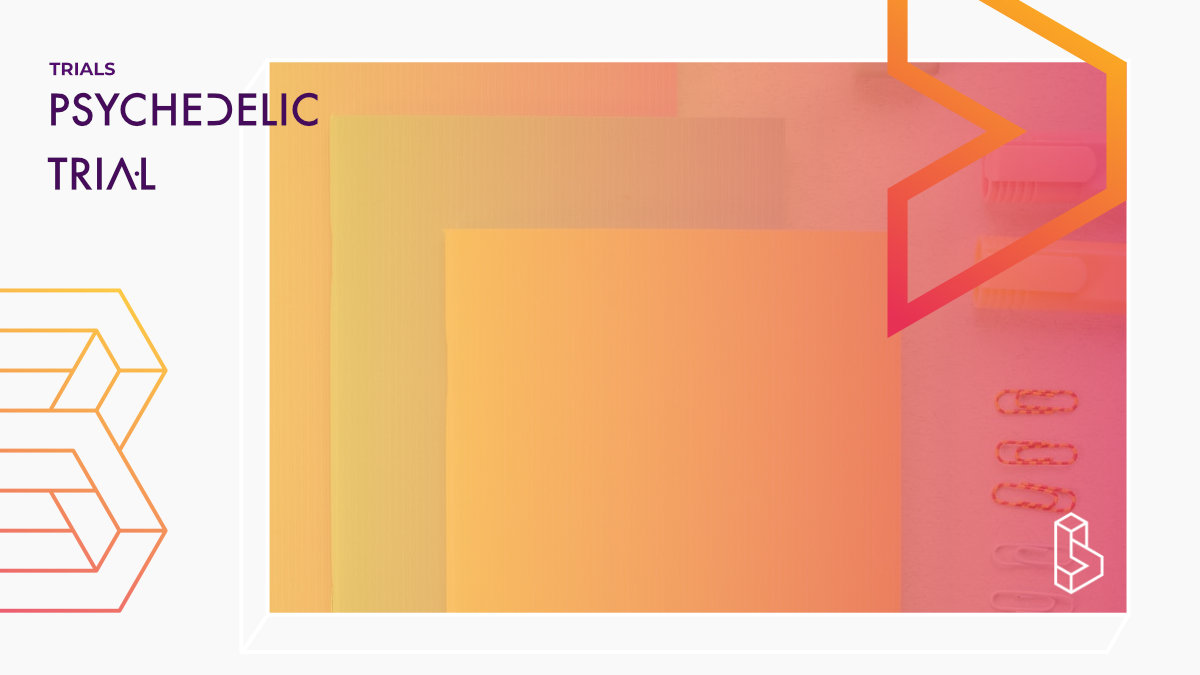This project will employ functional brain imaging to study the mechanism and immediate and long-term effects of psilocybin, a serotonin receptor 2A agonist, on cortical and cortico-subcortical brain networks in healthy adults.
Topic Healthy Subjects
Compound Psilocybin
Country United States of America
Visit trial
Trial Details
Trial Number
Sponsors & Collaborators
Washington University School of MedicineLocated in St. Louis Missouri, researchers at the Washington University School of Medicine have conducted a number of studies with psychedelics inlcuding ketamine, psilocybin and nitrous oxide.
Papers
Psilocybin’s acute and persistent brain effects: a precision imaging drug trialThis randomised cross-over study (n=7) used precision functional mapping with high-resolution multi-echo fMRI to characterise psilocybin (25mg) versus methylphenidate effects on brain networks, revealing decreased network modularity during psilocybin exposure and reproducible network changes. Participants showed unique brain configurations and reported stronger mystical experiences with psilocybin compared to methylphenidate.
Psilocybin desynchronizes the human brain
This functional mapping study (n=24) examined brain changes in healthy adults before, during, and up to 3 weeks after taking oral psilocybin (25mg) and methylphenidate (Ritalin), with a follow-up 6+ months later. Psilocybin caused over 3-fold greater acute changes in functional networks than Ritalin, with the most significant disruptions observed in the default mode network (DMN), linked to our sense of self. While a perceptual task reduced these changes, suggesting a way to ground individuals during psychedelic therapy, the acute effects of psilocybin were consistent with distortions of space-time and self. Notably, psilocybin led to a persistent decrease in connectivity between the anterior hippocampus and cortex, especially the DMN, lasting weeks but normalizing after six months, potentially explaining its pro-plasticity and anti-depressant effects.

